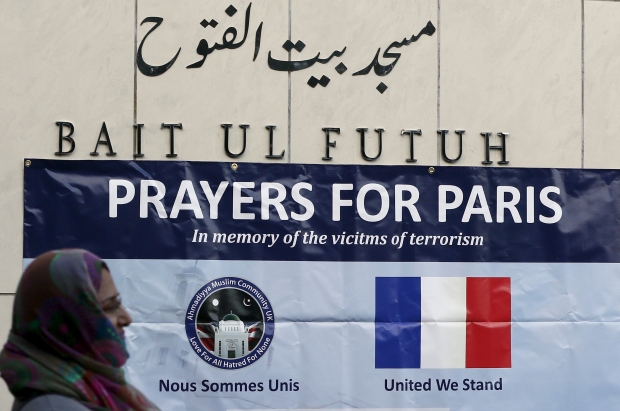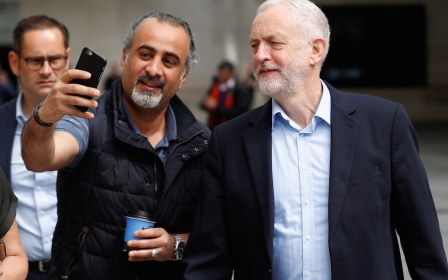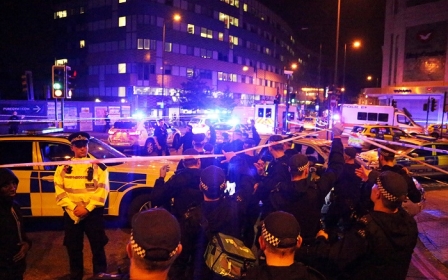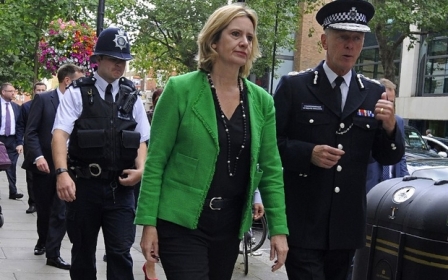Giving a voice to the voiceless: The 'invisible' victims of Islamophobia
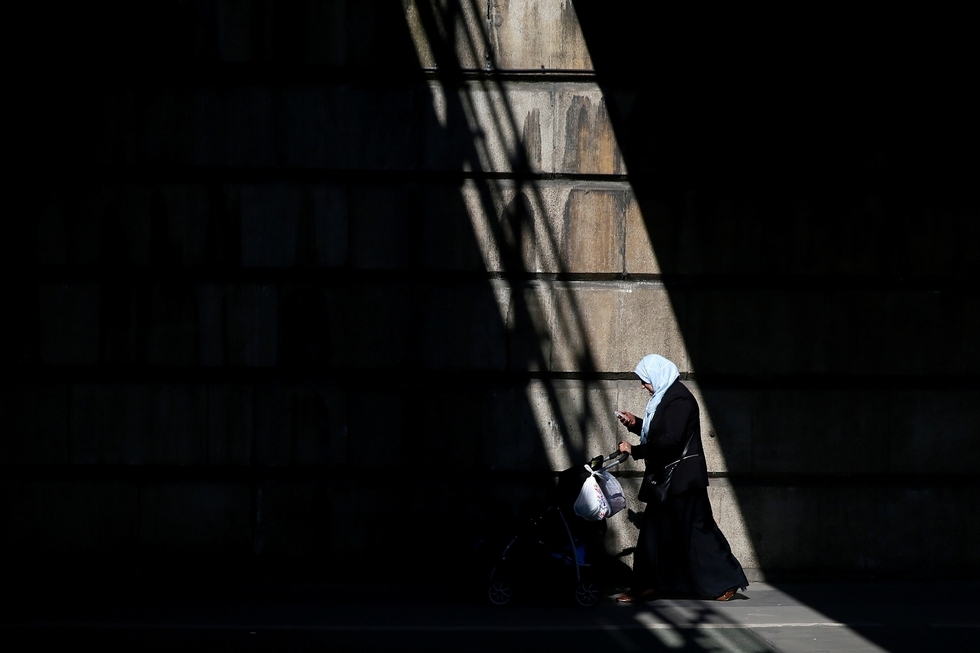
In August 2016, six teenage boys were arrested in Harlow, Essex, after Polish immigrant Arkadiusz Jóźwik died following a brutal street attack which his brother said began after he was heard speaking Polish on the street.
The decision to leave the EU in some cases emboldened people to express their feelings of hate and "legitimised" the prejudice that they had by empowering them to express and verbalise those feelings.
An escalation of violence
As part of hate crime awareness week, I was in Parliament this week to discuss the impact of such hate crimes upon non-Muslim British men and the rise in trigger events that lead to an escalation of violence against them. Research has shown that victims of hate crime internalise the experience, so much so that it becomes "normalised".
The types of hate they experienced included being targeted in public spaces such as shopping centres, on the train and in car parks.
We found that many individuals reported that they suffered anxiety, depression, physical illness, loss of income and employment
*Amit, a hate crime victim, told us that:
"This week, I went to the supermarket and I was verbally abused in the car park. In another incident, I was on the train, and I was working on my laptop. Another passenger told me to get off the train as I was using my laptop suspiciously. I switched off my laptop and got off at the next stop to calm down the situation. The worst part is that no one tried to intervene."
Interestingly, participants also noted how their appearance also acted as a trigger for the types of hate and abuse they suffered. For example, if they were perceived to look "like a Muslim" because they had a beard, then they were more likely to be verbally abused and called a "traitor" and a "terrorist".
*Dwayne, another victim, spoke about the experience of hate he had to deal with.
"It's happened to me ever since I grew a beard. I’m not a Muslim but people stare at me because they think I am. After the Woolwich terrorist attack, people kept giving me looks, even the bus drivers stared at me. I sat down on the bus, there are actually people who need a seat but they never sit next to me."
Hate crimes are not solely committed by verbal or physical abuse directed against the victim. In some cases hate crimes can target someone by vandalising their property with racist graffiti because the perpetrators believe the victims are Muslim. For example, *Aftab, another victim, stated that:
"We moved to this area, and we went to introduce ourselves to the neighbours and they said: 'Oh, we had another Muslim family before you and we drove them out.' We were totally shocked."
I'm not a Muslim but people stare at me because they think I am
- Dwayne, a victim of hate crime
Feeling fearful
Research data illustrates that the nature of Islamophobia can have emotional, psychological, behavioural, physical and financial consequences when experiencing anti-Muslim hate crime. For example, we found that many individuals reported that they suffered anxiety, depression, physical illness, loss of income and employment. Specifically, experiences of anti-Muslim hate crime had provoked feelings of insecurity, vulnerability and anxiety amongst participants.
They unanimously reported feeling fearful for their personal safety in public, as indicated in the following comments. Jayesh, a victim of hate crime, stated that he was living in fear of being targeted because of his perceived Muslim identity.
"We live in fear every day. We face abuse and intimidation daily but we should not have to endure this abuse."
Clearly, participants feared for their safety although this sense of vulnerability depended upon the geographical area in which they were located. For example, participants explained that they felt safer in diverse cities. In contrast, in less diverse areas, the sense of vulnerability as well as the risk of attack was perceived to be significantly higher.
As a result, participants argued that they avoided mixing with individuals who were not familiar with "difference".
This infers that the impact of fear of future attacks had restricted participants' freedom of movement. Furthermore, feelings of insecurity were exacerbated by the fact that these incidents usually took place in public places in view of people passing-by who did not intervene to help them.
The fact that no one would normally intervene to help victims had culminated in feelings of loneliness and isolation. After our study, the people we interviewed provided us with recommendations that they would like to see happen. This included, better pubic visibility of hate crime awareness on public transport, bystander training for front-line workers and helping support victims through police recording of hate crimes.
If we can go some way in helping victims address these concerns, we may be one step closer to challenging hate crimes.
*All participants' real names from the study have been removed and made anonymous
- Imran Awan is an associate professor in criminology and an expert on issues related to Islamophobia, cyber hate, policing, security and counter-terrorism. He is the author of a number of papers and books in this area and is editor of Islamophobia in Cyberspace: Hate Crimes Go Viral (2016).
The views expressed in this article belong to the author and do not necessarily reflect the editorial policy of Middle East Eye.
Photo: A Muslim woman pushes a buggy under a railway bridge in London, 17 March 2016 (REUTERS/Stefan Wermuth)
Middle East Eye propose une couverture et une analyse indépendantes et incomparables du Moyen-Orient, de l’Afrique du Nord et d’autres régions du monde. Pour en savoir plus sur la reprise de ce contenu et les frais qui s’appliquent, veuillez remplir ce formulaire [en anglais]. Pour en savoir plus sur MEE, cliquez ici [en anglais].



